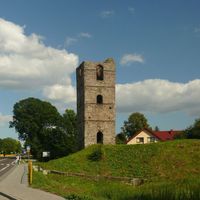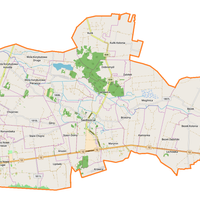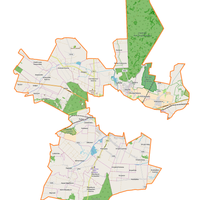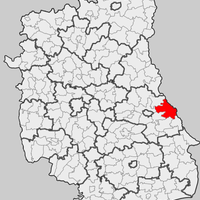Chełm County
6.86

Overview
Chełm County, located in the Lublin Voivodeship, was established on January 1, 1999, as a result of the administrative reform, with the city of Chełm serving as its seat. The county includes urban, urban-rural, and rural communes, and as of June 30, 2020, its total population was 77,752. Chełm County boasts a rich architectural heritage, including numerous monuments that attract tourists. In Chełm, visitors can admire unique sites such as the Chełm Undergrounds, a nationally unique example of underground passageways, and the Cathedral of the Annunciation of the Blessed Virgin Mary with its beautiful interiors. The county's culture is also diverse, with numerous festivals, concerts, and cultural events that bring the local community together. Historically, the region has rich traditions dating back to the Middle Ages, when Chełm was a well-known trading center. The county is also home to numerous military history sites, such as remnants of forts from World War I. The community of Chełm County is deeply involved in preserving local traditions and folklore, as seen in numerous cultural initiatives. Interestingly, the county faces a significant unemployment rate, which stood at 11.3% in 2019, with around 3,400 registered unemployed individuals. The county authorities, including past and present county administrators such as Adam Rychliczek, Kazimierz Stocki, Paweł Ciechan, and the current administrator Piotr Deniszczuk, are working to improve the socio-economic situation of the region. Chełm County borders the city of Chełm, Hrubieszów County, Zamość County, Krasnystaw County, and Włodawa County, making it an important point on the map of the Lublin Voivodeship. Despite certain challenges, the region has potential for further development and attracting investments, while offering residents and tourists many opportunities to explore its attractions.
Location
State
Lublin Voivodeship
Country
2025 Wizytor | All Rights Reserved









